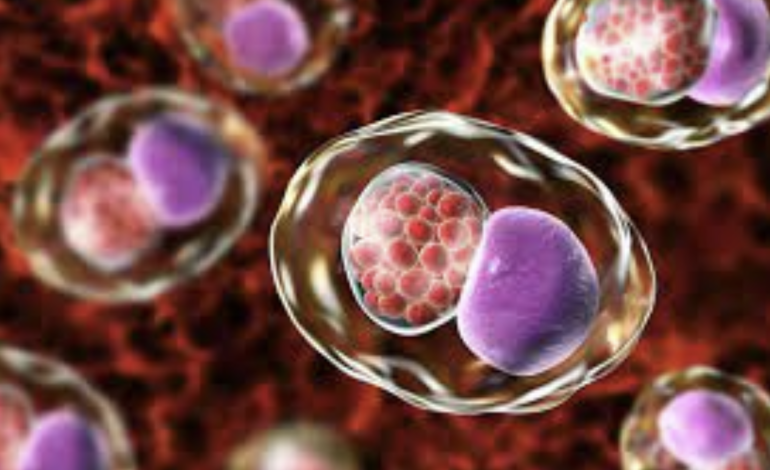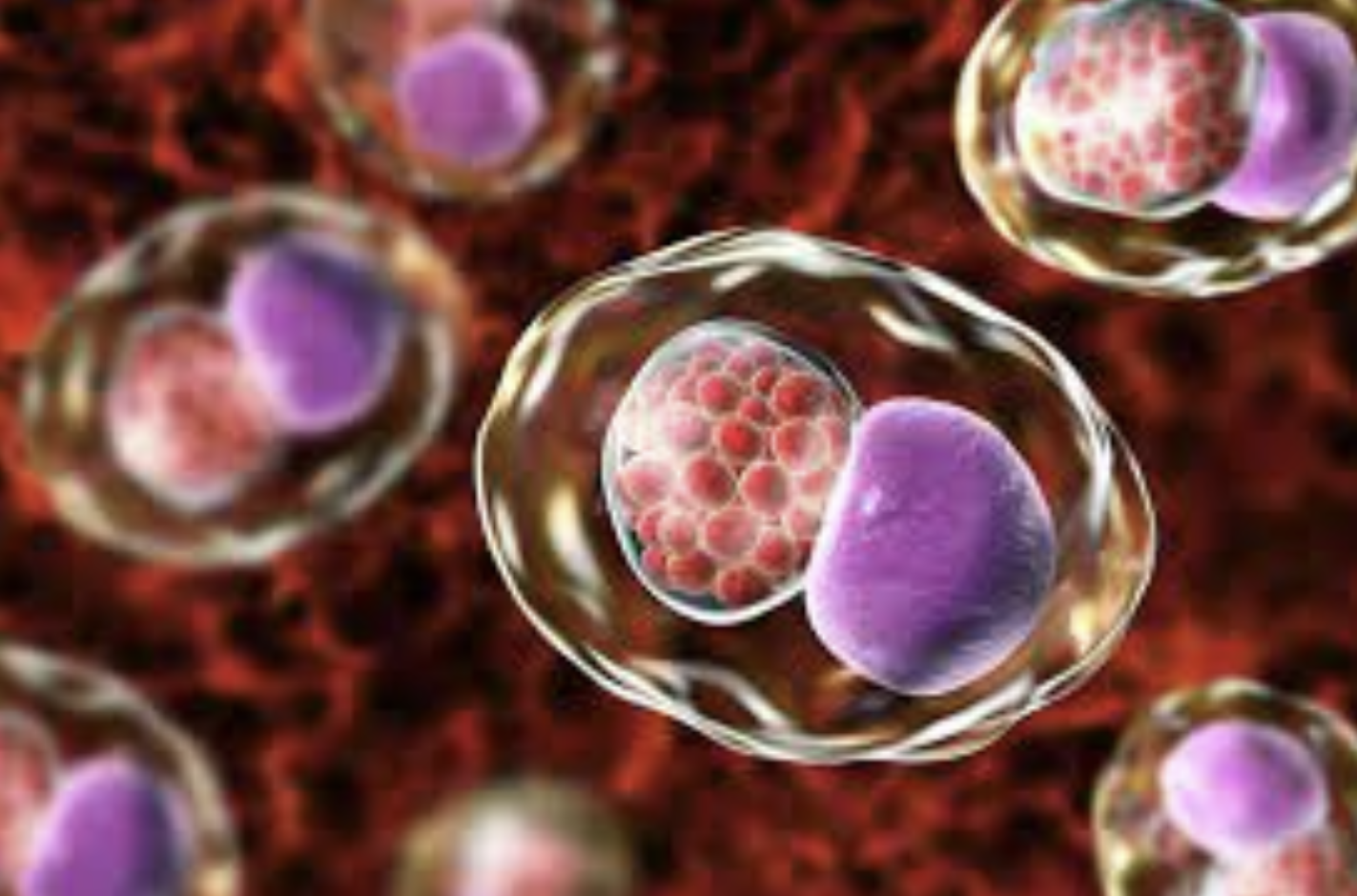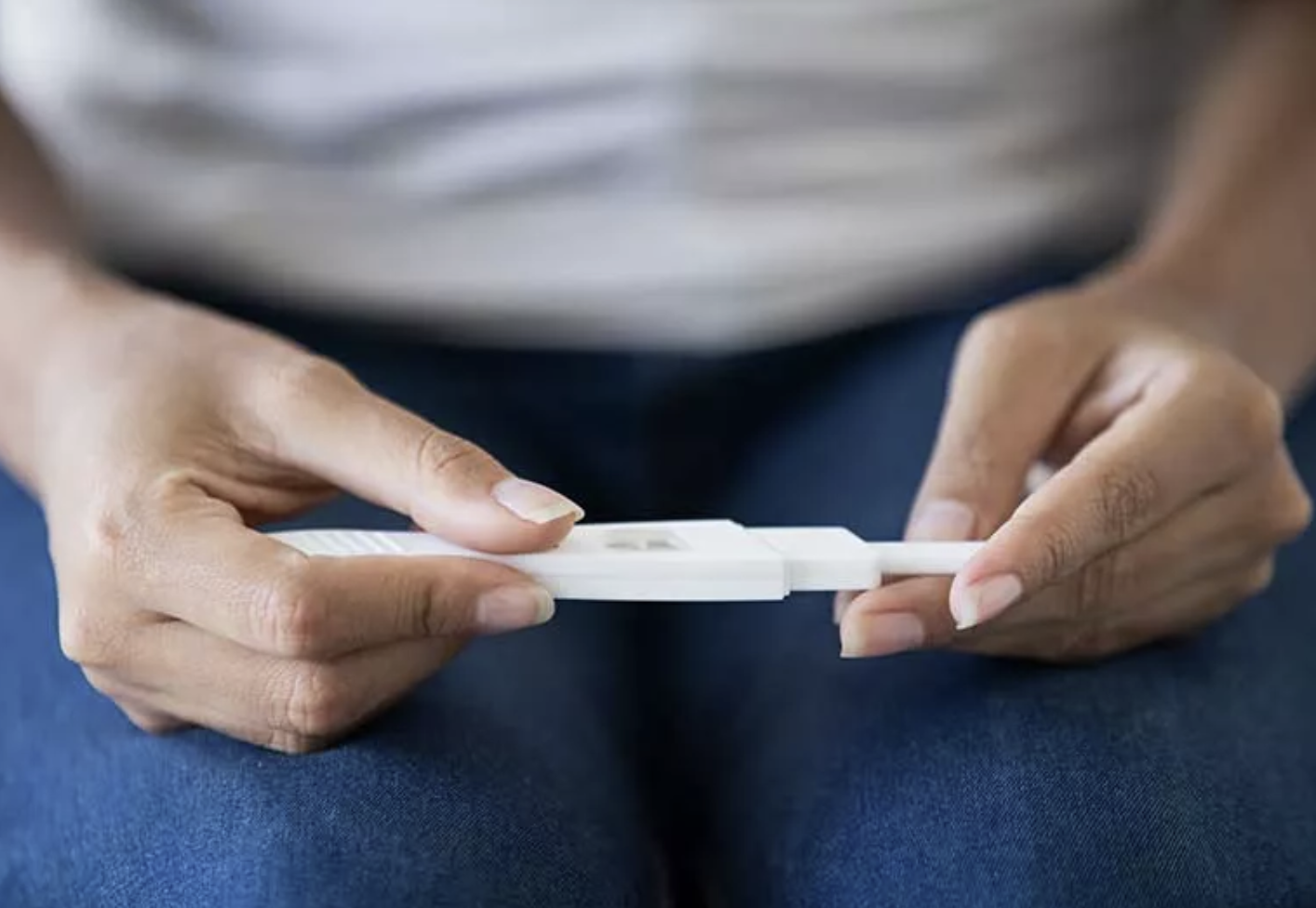
Chlamydia: What You Should Know About This Common Infection

Chlamydia may sound like the name of a beautiful flower or a Greek goddess, but it’s actually a common bacterial sexually transmitted infection (STI). In fact, it’s the most widespread STI, with about 2.86 million infections each year, according to the CDC. It’s especially common among people under 25, those with vaginas, and people with penises who have sex with other people with penises.
But don’t worry! The good news is that, unlike viral STIs like herpes or HPV, chlamydia is completely curable with antibiotics. Depending on your situation, your provider may give you the medication in the office, prescribe it for you to pick up at a pharmacy, or even have your partner get it for you through a process called “expedited partner therapy.” If you receive medication through a partner, they’ll also provide you with information about the medication and the infection you’re being treated for.
To ensure the treatment works, it’s important to follow the instructions carefully and make sure your partner(s) take their medication as well. After both you and your partner have finished the treatment, wait at least one week before having sex. This helps prevent re-infection. The CDC also suggests retesting for chlamydia three months after treatment.
Now that we know chlamydia is common and treatable, let’s take a closer look at how it’s transmitted, what it does, and how to prevent it.
How is chlamydia transmitted?
Chlamydia is spread through vaginal or anal sex, and, though less common, it can also be passed through oral sex. The bacteria is present in bodily fluids like semen, pre-cum, and vaginal fluids. It’s important to note that because chlamydia can be found in pre-cum, you can still get it from a person with a penis even if they don’t ejaculate. However, you can’t get it from kissing, hugging, or other activities that don’t involve genital fluids.
Using condoms is a highly effective way to prevent the spread of chlamydia (and STIs in general), so it’s always a good idea to use one.
What are the symptoms of chlamydia?
Like many STIs, chlamydia often has no symptoms, which is why regular testing is so important. The CDC recommends that anyone with a vagina under the age of 25 get tested for chlamydia at least once a year. If you have other risk factors, like a new or multiple partners, you may need to test more often.
For those over 25, testing is advised annually if you have more than one partner, a new partner, or a partner with an unknown STI status. In general, it’s a good practice to get tested for STIs yearly, and any time you have sex with a new partner.
If symptoms do appear, they can include abnormal vaginal discharge or a burning sensation when urinating for people with vaginas. For those with penises, symptoms can include discharge from the penis and painful urination.
Chlamydia can also affect the rectum. Although most people don’t have any symptoms, if they do, they may experience pain, discharge, or bleeding in the anal area.
What happens if chlamydia is left untreated?
If treated properly, chlamydia doesn’t cause any long-term health issues. However, if it’s left untreated, especially in those who don’t show symptoms, it can lead to serious complications. One of the most concerning issues is pelvic inflammatory disease (PID), which occurs when the infection spreads from the vagina to the uterus, fallopian tubes, and ovaries. PID can cause pain in the lower abdomen, unusual vaginal discharge with a bad odor, abnormal bleeding, pain during sex, painful urination, and fever. In some cases, there may be no symptoms at all.
If PID isn’t treated, it can cause scarring on the reproductive organs, which may lead to infertility or increase the risk of an ectopic pregnancy. That’s why it’s so important to get tested regularly for chlamydia and other STIs as part of maintaining your sexual health.





